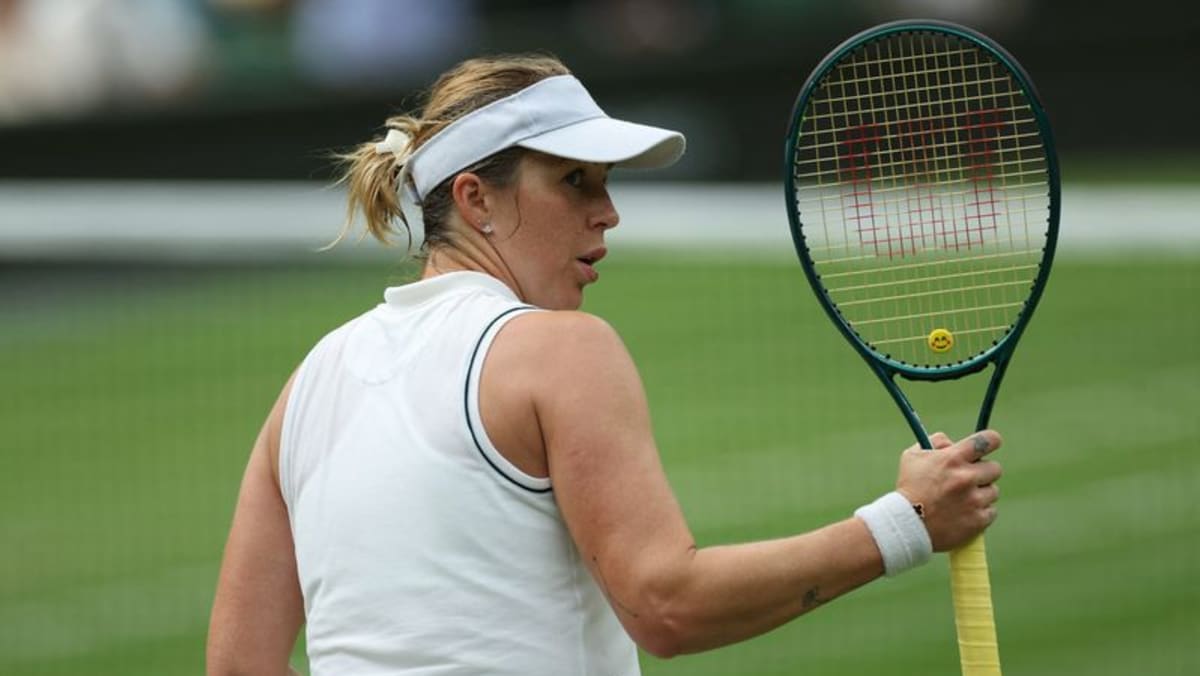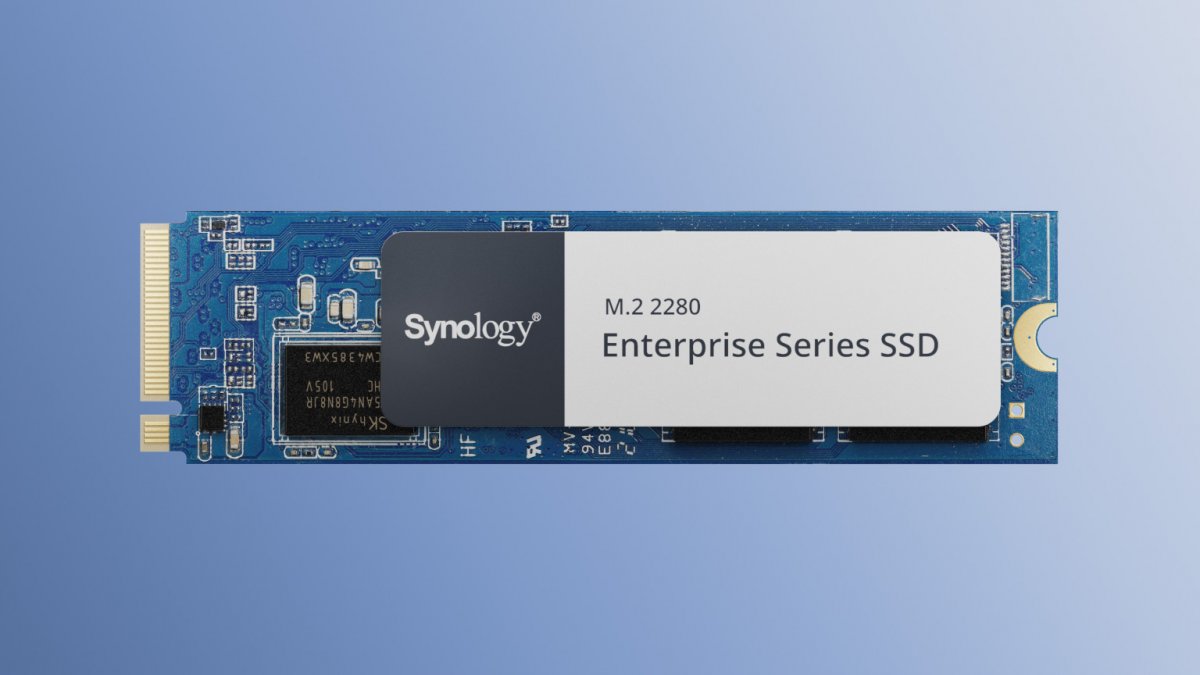Hawkeye Error Sparks Fury at Wimbledon: Did Technology Cost Pavlyuchenkova a Vital Point?

Hawkeye Controversy Rocks Wimbledon as Pavlyuchenkova Denied Point
Wimbledon witnessed a moment of high drama and technological scrutiny on Sunday as Russian player Anastasia Pavlyuchenkova found herself on the receiving end of a controversial Hawkeye line-calling malfunction. The incident occurred during her captivating last-16 match against Britain's Sonay Kartal, leaving fans and commentators questioning the reliability of the automated system.
The issue arose when a shot from Pavlyuchenkova was initially called 'out' by Hawkeye, a sophisticated computer vision system used to determine line calls. However, replays clearly showed the ball had landed within the lines, prompting immediate protests from the Russian player and her team. Despite the visual evidence, the initial call stood, denying Pavlyuchenkova a crucial point in a tense exchange.
A Growing Debate Around Automated Line Calling
This isn't the first time Hawkeye has faced criticism at Wimbledon, or indeed in other professional tennis tournaments. While generally considered accurate, the technology is not infallible. Occasional glitches and misinterpretations have raised concerns about its impact on the flow of the game and the fairness of matches. The Pavlyuchenkova incident has reignited the debate about the potential downsides of relying solely on automated systems, even when they are designed to eliminate human error.
“It’s frustrating, absolutely frustrating,” Pavlyuchenkova stated after the match. “You train your whole life, you’re out there competing, and then a machine makes a call that’s clearly wrong. It’s tough to accept.” Her comments resonated with many watching the match, highlighting the emotional toll such technological errors can take on athletes.
The Role of Officials and Overruling
Currently, players are allowed a limited number of challenges per set to contest Hawkeye calls. However, the system is often perceived as final once the call is made, even when evidence suggests otherwise. This has led to calls for greater intervention from line judges and chair umpires, who possess a human understanding of the game and can potentially override the technology based on their judgment. Some argue that a hybrid approach, combining the precision of Hawkeye with the experience of human officials, would be the most effective solution.
Wimbledon's Response and Future Implications
Wimbledon officials have acknowledged the issue and stated they are reviewing the incident. A spokesperson confirmed that Hawkeye is undergoing regular maintenance and updates to minimize the risk of future malfunctions. The tournament organizers face a delicate balancing act: maintaining the integrity of the game while embracing technological advancements that enhance fairness and efficiency.
The controversy surrounding the Hawkeye error serves as a stark reminder that even the most advanced technology is not without its limitations. As tennis continues to evolve, the debate over the role of automated line calling will undoubtedly continue, shaping the future of the sport and the experience for players and fans alike. The incident underscores the need for ongoing refinement of these systems and a thoughtful approach to their implementation, ensuring that technology serves the game, rather than hindering it. Whether it will lead to changes in the rules or procedures remains to be seen, but one thing is clear: the Hawkeye malfunction has sparked a crucial conversation about the future of officiating in professional tennis.






